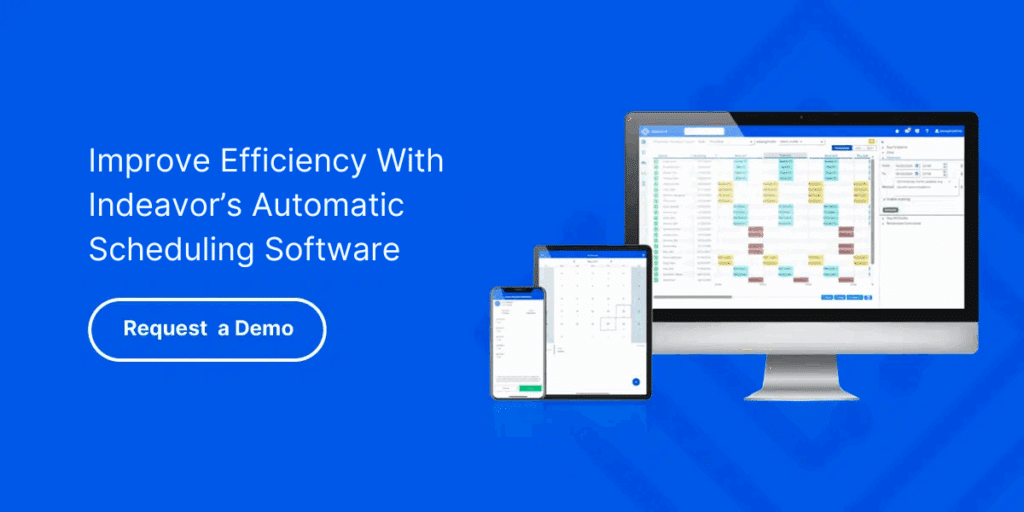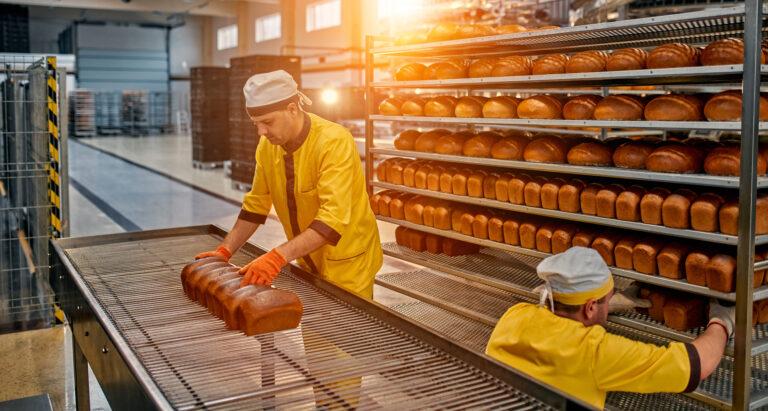Manufacturing is the backbone of countless industries, from automotive to pharmaceuticals. Yet, not all manufacturing processes are created equal. Understanding the difference between discrete vs process manufacturing is crucial for optimizing operations, selecting appropriate technologies, and ensuring product quality.
What Is Discrete Manufacturing?
Discrete manufacturing involves the production of distinct, countable items. These products are typically assembled from various components and can often be disassembled into their original parts. This manufacturing type is prevalent in industries where individual units are produced in batches or in high volumes.
Characteristics of Discrete Manufacturing
- Product Structure: Items are composed of individual components that can be easily separated.
- Production Process: Often involves assembly lines where parts are added sequentially.
- Customization: Allows for product variations and customization.
- Inventory Management: Utilizes Bills of Materials (BOM) to track components and assemblies.
Examples of Discrete Manufacturing
- Automotive Industry: Cars and trucks are assembled from thousands of parts, each identifiable and replaceable.
- Electronics: Smartphones and computers are built from various components like chips, screens, and batteries.
- Aerospace: Aircraft are constructed from numerous parts, each with specific functions and specifications.
What Is Process Manufacturing?
Process manufacturing refers to the production of goods by combining supplies, ingredients, or raw substances using a formula or recipe. The end products are typically produced in bulk and cannot be easily disassembled into their original components.
Characteristics of Process Manufacturing
- Product Structure: Items are produced in bulk and are indistinguishable from each other.
- Production Process: Involves chemical, physical, or biological processes that transform raw materials.
- Customization: Limited customization; products are often standardized.
- Inventory Management: Relies on formulas and batch records rather than BOMs.
Examples of Process Manufacturing
- Food and Beverage: Production of items like bread, beverages, and sauces.
- Chemicals: Manufacturing of paints, detergents, and pharmaceuticals.
- Oil and Gas: Refining crude oil into gasoline, diesel, and other products.
| Feature | Discrete Manufacturing | Process Manufacturing |
| Product Structure | Countable, distinct items | Bulk, indistinguishable items |
| Production Process | Assembly of components | Transformation of raw materials |
| Customization | High (e.g., custom orders) | Low (standardized products) |
| Inventory Management | Bills of Materials (BOM) | Formulas and batch records |
| Industry Examples | Automotive, electronics, aerospace | Food, chemicals, pharmaceuticals |
Understanding these differences is vital for manufacturers to select the appropriate processes and technologies that align with their production needs.
Importance of Understanding Manufacturing Types
Recognizing whether a process is discrete vs process manufacturing can significantly impact various aspects of production:
- Technology Selection: Choosing the right ERP or MES system tailored to the specific manufacturing type.
- Quality Control: Implementing appropriate quality assurance measures suited to the production process.
- Supply Chain Management: Optimizing inventory and logistics based on the nature of the products.
- Regulatory Compliance: Adhering to industry standards and regulations pertinent to the manufacturing type.
Hybrid and Batch Manufacturing Considerations
In some industries, elements of both discrete and process manufacturing are combined. For instance, a beverage company may produce the drink itself through process manufacturing but use discrete manufacturing to bottle, label, and package the product. This hybrid approach requires careful coordination to ensure efficiency and quality across all stages of production.
Hybrid manufacturing is increasingly common in industries such as pharmaceuticals, consumer packaged goods, and specialty chemicals. For example, a pharmaceutical manufacturer may produce a chemical compound using process manufacturing, then assemble the final medicine packaging through discrete processes.
Batch manufacturing allows manufacturers to produce a set quantity of a product at one time, then reset equipment for the next batch. This method is common in industries where consistency and quality control are critical. For example, a bakery may produce 500 loaves of bread in a single batch, then clean and prepare the ovens for the next batch.
Employee scheduling becomes especially critical in these scenarios, as staff must be coordinated across both continuous and batch operations to prevent bottlenecks and ensure compliance with safety and regulatory standards. Efficient workforce management tools can automate shift assignments, track certifications, and provide real-time visibility into labor availability, reducing the risk of production delays.
Discrete vs Process Manufacturing Future Trends
The manufacturing landscape is evolving rapidly, driven by technological advancements that are reshaping both discrete and process manufacturing operations. Automation is at the forefront, helping companies reduce manual labor, improve consistency, and increase throughput.
In discrete manufacturing, robotics and assembly line automation streamline production of countable items, while in process manufacturing, automated mixing, batching, and continuous monitoring enhance efficiency and quality control.
Integration with IoT devices, sensors, and ERP systems enables real-time visibility across production lines. Manufacturers can monitor machine performance, track inventory levels, and adjust schedules dynamically to meet production demands. These technologies not only enhance efficiency but also support compliance and quality assurance in highly regulated industries.
By embracing these trends, manufacturers can stay competitive, reduce waste, and maintain high levels of productivity. Solutions like Indeavor position companies to take full advantage of these innovations, aligning workforce management with production requirements to ensure seamless operations across both discrete and process manufacturing environments.

How Indeavor Supports Both Discrete and Process Manufacturing
Indeavor offers comprehensive workforce management solutions that cater to the unique needs of both discrete and process manufacturing industries. Our platform provides:
- Employee Scheduling: Efficiently manage shifts and labor resources to meet production demands.
- Workforce Management: Track skills, certifications, and performance to ensure optimal staffing.
- Resource Planning: Align labor resources with production schedules to enhance efficiency.
- Compliance Tracking: Monitor adherence to industry regulations and standards.
By leveraging Indeavor’s solutions, manufacturers can streamline operations, reduce costs, and improve product quality.
Optimize Your Manufacturing Operations
Understanding the differences between discrete vs process manufacturing is key to improving efficiency, quality, and overall profitability. Indeavor’s solutions make it easier to align labor, manage production, and maintain compliance across both manufacturing types.
With Indeavor, manufacturers gain real-time visibility into production schedules, labor availability, and compliance status. This integrated approach ensures that resources are optimally allocated, bottlenecks are minimized, and production goals are consistently met. See how Indeavor can transform your operations—schedule a demo today.
About the Author
Claire Pieper is the Digital Marketing Specialist for Indeavor. In her role, she specializes in crafting strategic and engaging content, ensuring that customers are well-informed. Claire is dedicated to enhancing the customer experience and optimizing the user journey through Indeavor’s solutions. To learn more or get in touch, connect with Claire on LinkedIn.



